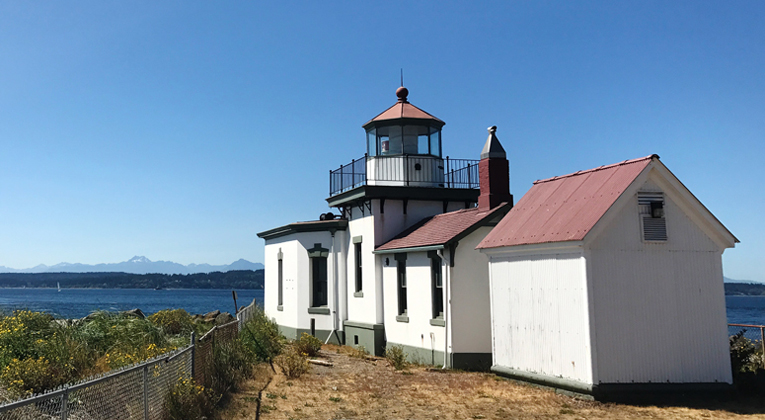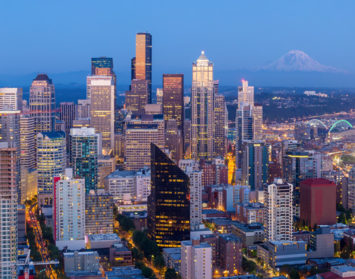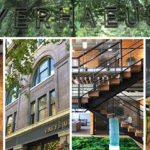By Gavin Curtis
Tucked away on a peninsula in northwest Seattle sits the city’s second largest and one of its most unique neighborhoods. Developed in the late 1800’s as a shipping port and World War II military base, Magnolia has come to be one of the region’s most desirable, yet economically diverse housing hubs, featuring an ever-growing office market and independent retail haven.
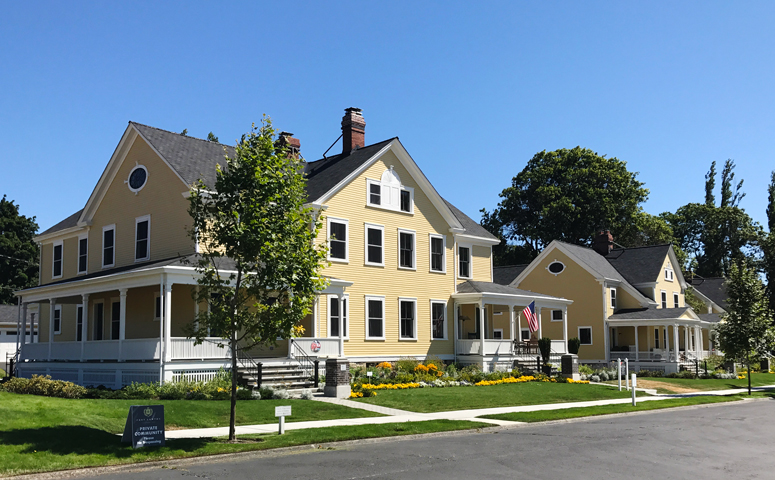
Residents of Magnolia enjoy a one-of-a-kind neighborhood that provides the serenity and isolation of a seaside suburb, with a fifteen-minute car ride into the city’s business center. Long characterized by its lavish homes with spacious yards and Puget Sound views, Magnolia has begun to roll with the changing tides of Seattle, taking steps towards adapting to the population spike and tech boom that has shepherded a youthful, migrant workforce. The neighborhood’s historic Discovery Park (the largest in Seattle), a 534-acre seaside post formerly known as the US Military’s Fort Lawton, is the target of a recent affordable housing proposal by the City. The plan, which includes 235 units of townhomes and low-rise complexes, could sway the residential demographic of the neighborhood, making way for impending commercial growth.

Just south of Discovery on the Elliott Bay waterfront, construction is underway for Expedia’s new 40-acre, $229 million campus. The site, which is set to deliver in 2019 and will act as the company’s new headquarters, is expected to house roughly 4,500 employees. Completion of this project will undoubtedly serve as a proverbial bridge between the fastest-growing big city in the nation and a neighborhood that features just three points of entry. Expedia’s growth, accentuated by the inevitable implementation of affordable housing, presents the potential for not only a drastic economic shift in Magnolia, but a physical expansion of Seattle’s downtown core.
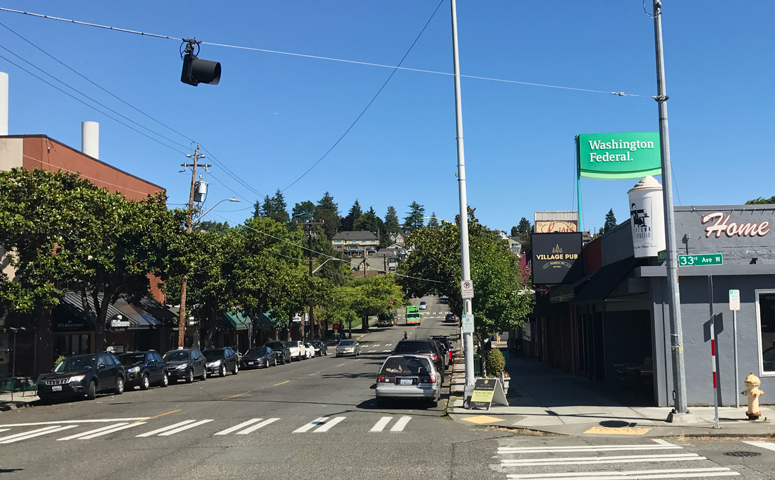
I had the opportunity to sit down with Jason Thibeaux, Executive Director of the Magnolia Chamber of Commerce and a resident of the neighborhood. Jason is tasked with a diverse array of duties, ranging from organization of neighborhood events like the annual Summerfest gathering, to attacking its socioeconomic problems head-on, which we discussed at length. Magnolia is a commuter town; residents live and sleep in the neighborhood but work elsewhere. One of the biggest problems this sub-economy faces is sustaining its retail presence during the day. Though treasured local retailers such as Chinook’s at Salmon Bay, Modele’s Home Furnishings, and Magnolia Garden Center have maintained their strong presence, many merchants see a decline in foot traffic and consumption during the workday. The community has thrived nonetheless, and the aforementioned development plans should give this transcendent neighborhood a fruitful revival.
The future is compellingly bright for Magnolia and its residents. As this city continues to grow and develop at an unparalleled rate, it is no surprise that neighborhoods like Magnolia are following suit. Regardless of its evolution, Magnolia will continue to thrive thanks to its unique culture, fantastic amenities, and vast territory on a peninsula oasis.
Gavin Curtis is an executive vice president at Hughes Marino, a global corporate real estate advisory firm that exclusively represents tenants and buyers. Contact Gavin at 1-844-662-6635 or gavin@hughesmarino.com to learn more.

